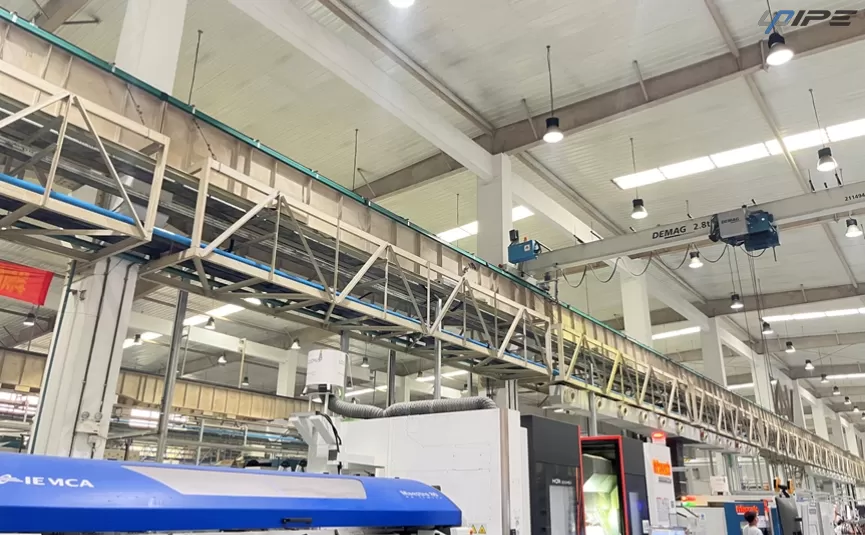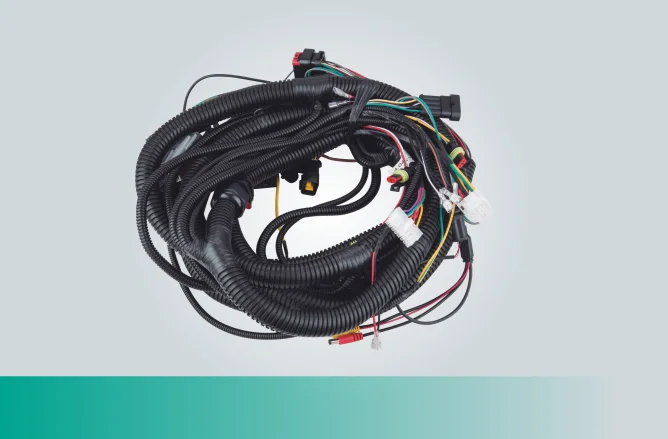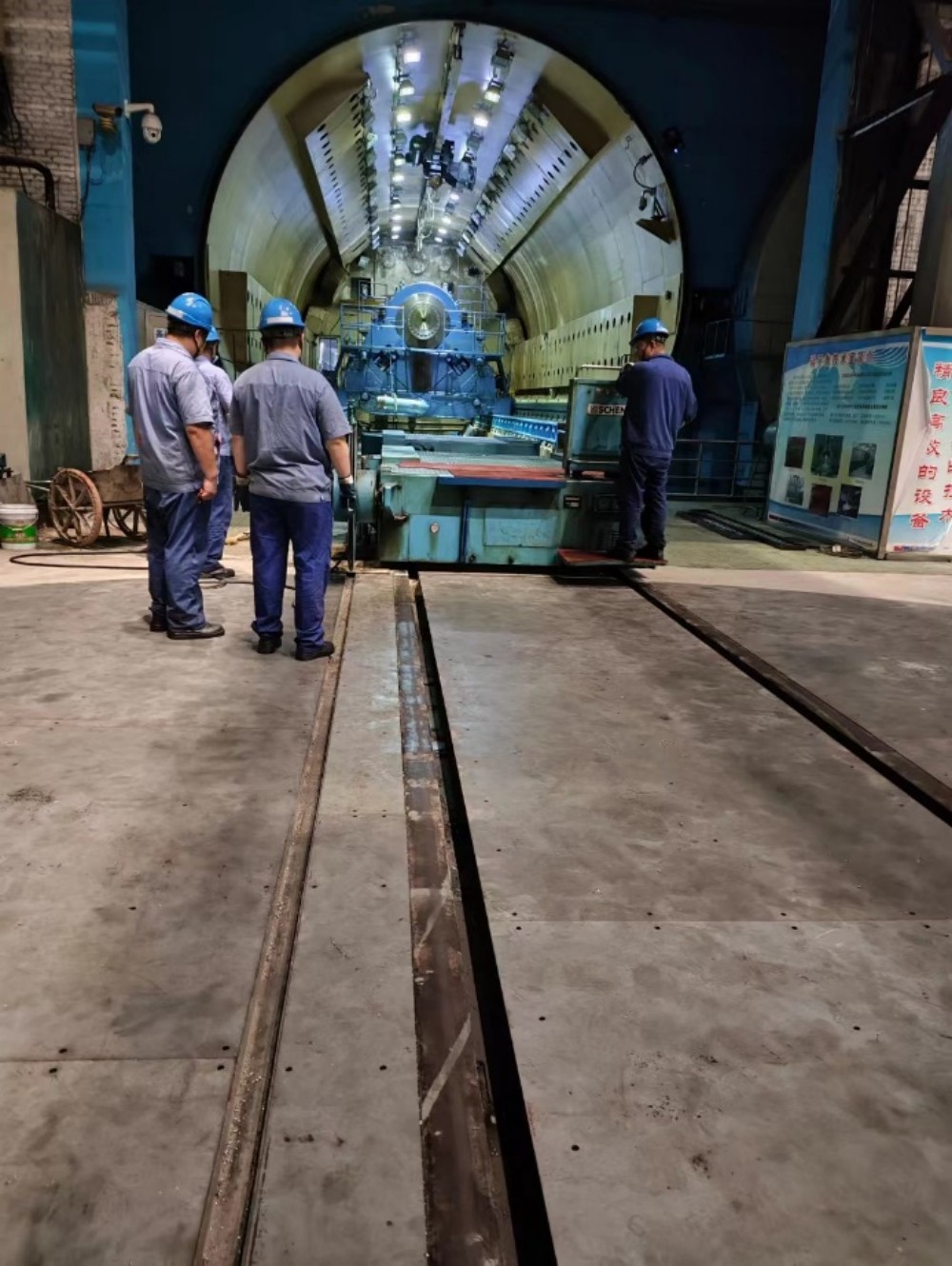Refrigeration and air conditioning are two closely related concepts that play vital roles in maintaining comfortable environments and preserving perishable goods. While they share similarities, it is crucial to understand the key differences between these two technologies. In this article, we will delve into the distinctions between refrigeration and air conditioning, exploring their applications and shedding light on their unique functionalities.
- Definition and Purpose:
Refrigeration refers to the process of removing heat from a space or substance to lower its temperature, typically used for preserving food, beverages, and other perishable items. On the other hand, air conditioning involves controlling the temperature, humidity, and air quality in an enclosed space to create a comfortable environment for human occupants. - Cooling Mechanisms:
Refrigeration systems employ a closed-loop cycle that utilizes a refrigerant to absorb heat from the desired space or substance. This heat is then expelled outside, resulting in a cooling effect. In contrast, air conditioning systems use a similar closed-loop cycle but incorporate additional components such as compressors and evaporators to regulate both temperature and humidity levels. - Temperature Range:
Refrigeration systems are designed to maintain temperatures below the ambient level, typically ranging from -18°C to 4°C (0°F to 40°F). These systems are commonly found in refrigerators, freezers, and cold storage facilities. Air conditioning systems, on the other hand, aim to maintain temperatures within a comfortable range for human occupancy, typically between 20°C and 25°C (68°F and 77°F). - Applications:
Refrigeration finds extensive use in various industries, including food and beverage, pharmaceuticals, and chemical storage. It enables the preservation of perishable goods, extends their shelf life, and prevents bacterial growth. Air conditioning, on the other hand, is primarily employed in residential, commercial, and industrial settings to provide comfort and improve indoor air quality. It plays a crucial role in maintaining productivity, preventing heat-related illnesses, and preserving electronic equipment. - System Design:
Refrigeration systems are typically designed to cool a confined space, such as a refrigerated truck or a walk-in freezer. These systems prioritize insulation and temperature control to maintain a consistent cold environment. Air conditioning systems, on the other hand, focus on cooling and dehumidifying the air within an enclosed space, ensuring comfort and air quality for occupants. - Energy Efficiency:
Due to the differences in temperature ranges and cooling requirements, refrigeration systems tend to consume more energy compared to air conditioning systems. The need to maintain lower temperatures and the continuous operation of compressors contribute to higher energy consumption in refrigeration. Air conditioning systems, while still consuming energy, can be optimized through various technologies such as variable speed compressors and smart thermostats to enhance efficiency.
Conclusion:
In summary, refrigeration and air conditioning are distinct technologies with different purposes and applications. Refrigeration primarily focuses on preserving perishable goods by maintaining low temperatures, while air conditioning aims to create comfortable environments for human occupants. Understanding these differences is crucial for selecting the appropriate system for specific needs, whether it be for food storage, climate control, or both. By grasping the nuances between refrigeration and air conditioning, we can make informed decisions to optimize energy usage, improve comfort, and ensure the longevity of perishable items.







+ There are no comments
Add yours